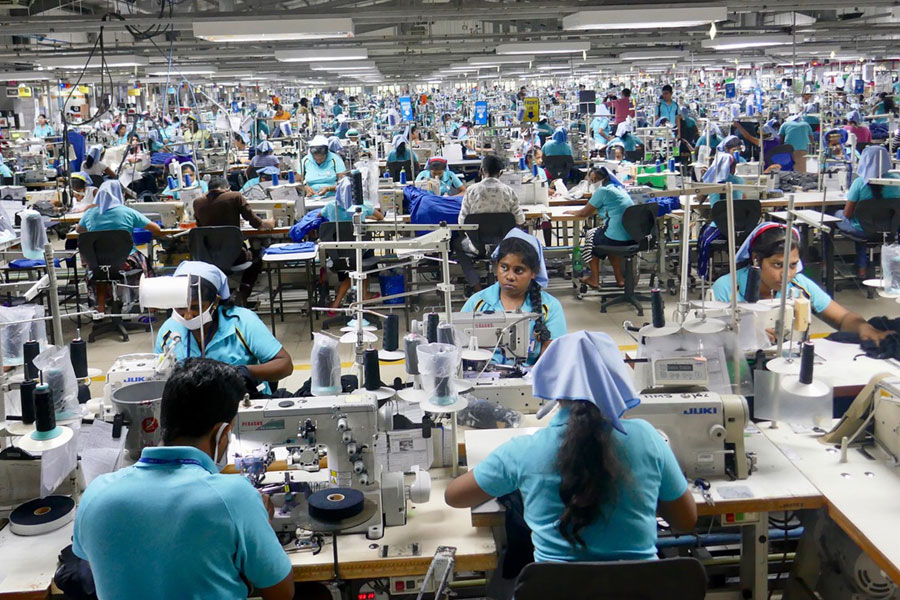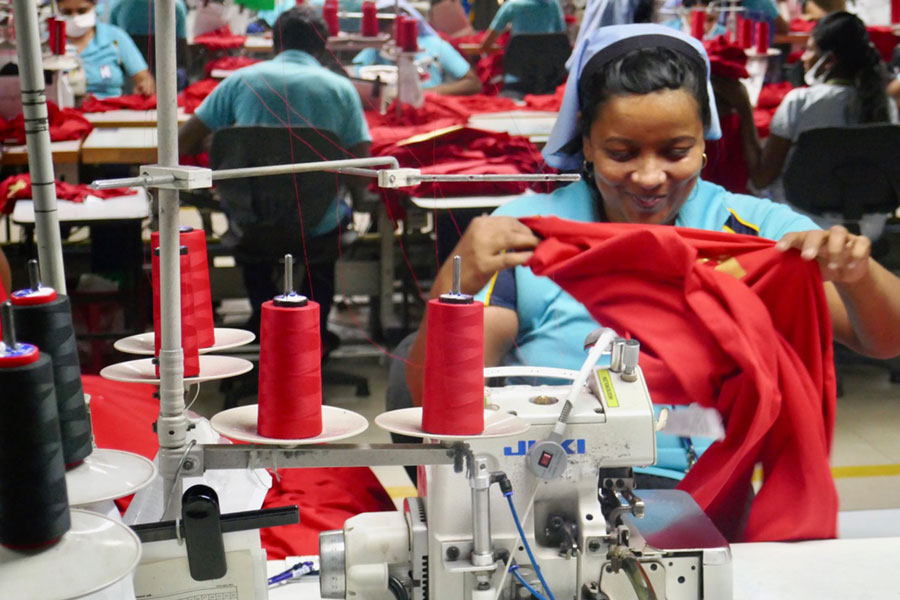“What is the Difference Between ‘Minimum Wage’ and ‘Living Wage’? I went to Sri Lanka to find out.
Five days, four design students, three factory tours and two garment worker visits, resulted in one unforgettable behind the scenes journey to Sri Lanka. As the Vice Chair of my family’s foundation, The Cordes Foundation, I traveled to Sri Lanka a few years ago with Remake, a non-profit focused on building the conscious consumerism movement. The purpose of this ‘Peace Corps for Fashion’-inspired trip was to encourage people who have the power to impact the fashion industry to experience the other side. The side that remains hidden beneath the beautiful images on magazine covers and runway shows.
Having previously worked for high-end designers and magazines, I began learning about the “not so glamorous” side of the fashion industry. When I read that 80% of the supply chain were women and 98% were not being paid a living wage, I felt compelled as a conscious consumer, investor and philanthropist to change these statistics. The Cordes Foundation was built with a mission to provide economic opportunities for women and therefore it became clear that ethical fashion would need to become a significant focus of our work.
From watching the harsh, chemically-intense dye process of denim to speaking directly with the women who work endless hours to ensure our Western wardrobes are fully stocked, I returned to the US with a stronger understanding and appreciation for the people and process behind our clothes. I was particularly moved when one garment worker noted that a single t-shirt is touched by around 40 pairs of hands.
Another moving conversation was with activist Ashila Niroshine Mapalagama, Founder of Stand Up Lanka, a movement organized for and by garment workers to educate them on their rights, provide financial security and teach vocational training. A movement that she projects will include at least 4,000 members within the next 2 years. We didn’t expect her to tell us that workers are consciously drinking less water and sacrificing bathroom breaks to be able to keep up with production demand. Ashila also told us that the current minimum wage in Sri Lanka is 10,300 rupees (approximately $67), which she feels is far from the 20,000 rupees (approximately $130) considered to be a lowest “adequate” living wage.

To get a better feel for the hidden lives of the garment workers, we visited 30 women at their boarding house on a Sunday, their only day off. As we sat on the floor and shared a meal of chicken and rice using our hands, our translator helped carry a dialogue to quickly discover each other’s likes, dislikes and everyday routines. From there, a trusting bond grew which led to the sharing of more personal stories about their inadequate wages, harassment issues and family struggles.
It was one of the women’s stories about a routine toothache that took us by surprise. When her low salary didn’t provide her with enough income to pay her medical bill, she was forced to take out a loan. Unable to meet her monthly payments, she turned to the only other alternative she knew would make ends meet: sex work. This disheartening story was unfortunately more common than not. This unfair pay system was the product of a variety of stakeholders caught in a vicious cycle. As we took a closer look into how the cycle began, we heard from factory owners who helped put the situation into perspective.
“Value increases but cost is always reduced. I have to give 10% salary increases every year but can’t pass that on to the customer, so we have to find ways to work around it…” said one man who employs 6,000 workers at his factory. His “never say no to a customer” motto made him start looking for the newest innovations in places like China, a country which has an average monthly worker salary of $350 versus the $70-200 range for Sri Lankan workers.
While having the newest, trendiest product is not a life or death situation for shoppers, it can easily be made one for the people who make the products. Increasingly consumers want their products faster, better and cheaper, yet remain unwilling to pay a premium for these added values. These expectations from brands force them to demand lower costs from their suppliers, ultimately reducing the end wages of workers.
Are we as consumers inadvertently contributing to the problem? I think we are and it’s time to take action. Just how doctors tell you to watch nutrition labels, watch how you spend on fashion. Remaining conscious of your purchasing power makes a significant difference. Remember, there is a human side to every designer label.




































